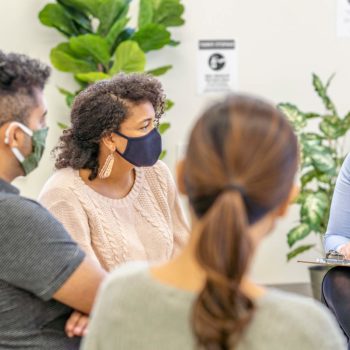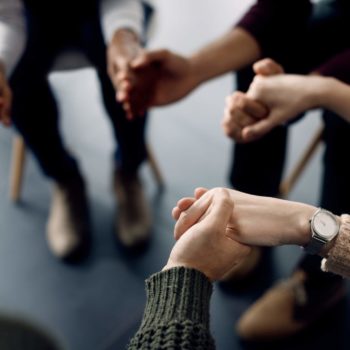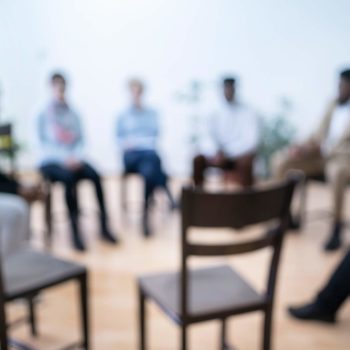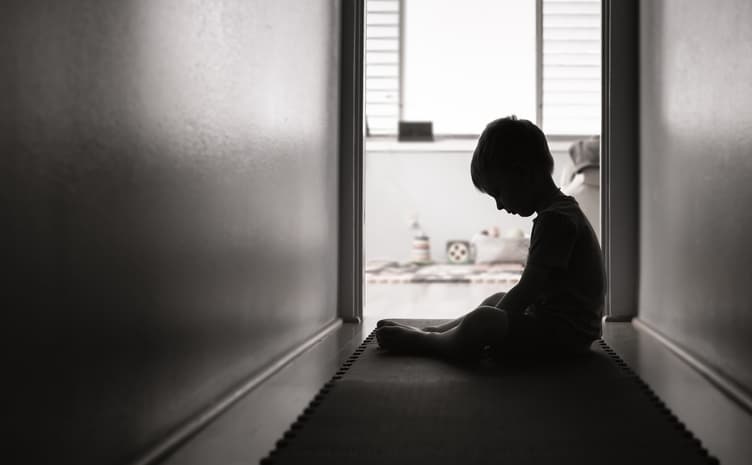What does a typical group therapy session look like?
Group members will generally meet once or twice a week for a period of 1-2 hours per session. Each group will begin with introductions to establish who group members are and provide a beginning to the relationships that will develop over the course of the therapy. Each session will begin with an update and a chance to share successes and/or struggles with techniques and strategies from earlier sessions.
The bulk of each group therapy session will be determined by the therapist. The group may engage in a discussion by all members, or the therapist may lead a more directed, educational presentation. During this time, the therapist may employ strategic exercises to aid the group, such as games, music therapy, or other helpful interactions.
Sessions close with a review of topics discussed and a reminder of methods to work on until the next meeting of the group.
Go beyond informal, self-help sessions
While there are certain benefits to self-led accountability groups, these groups have their limitations as well. For serious health issues, we recommend formalized sessions, led by a trained and licensed therapist. These professionals will bring strategic plans to group therapy sessions, providing proven and tested methods for more assurance of positive results, especially when dealing with delicate matters.
How do I get plugged into a therapy group that will help me?
We look forward to getting your healing process started, and we know the sooner that healing begins, the better off you will be. We encourage you to call us today for an initial consultation with one of our trained staff members. The information you provide will help us identify the right therapy group for your situation.
Groups are forming at all times, and we look forward to helping you get on the road to recovery.






